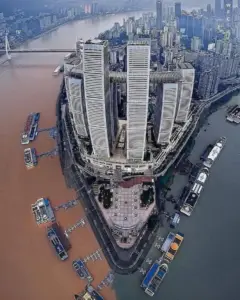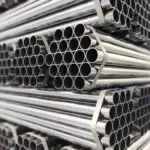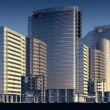In today’s complex urban environments, occupant safety is paramount, especially concerning fire. The financial and human costs of inadequate fire protection are immense. This article explores how fire curtains can significantly reduce these risks by examining their operation, advantages, and diverse applications in building design.

What are Fire Curtains?
Fire curtains are safety devices specifically engineered to protect people and property in the event of a fire. Usually found in busy areas such as public venues, staircases, and hallways, they serve as barriers to prevent the movement of flames and harmful smoke. They work by using fire-resistant materials, which are often treated with intumescent coatings or constructed from heat-activated fabrics that expand quickly when subjected to high temperatures, forming a strong, impenetrable barrier.
The Science Behind Them:
Fire curtains utilize thermosetting intumescents. When heated, these materials swell and expand, forming a robust seal very quickly, often before flames can spread significantly. This seal is designed to withstand extreme temperatures (up to 1,000°C or 1,832°F), providing valuable escape time for occupants and preventing further fire propagation.
Benefits:
Integrating fire curtains into building design offers numerous advantages:
- Enhanced Safety: They increase evacuation time, potentially saving lives by containing the fire.
- Reduced Property Damage: By limiting the spread of fire and smoke, they protect assets and minimize costly repairs.
- Improved Fire Rating: They contribute to a building’s overall fire resistance, ensuring regulatory compliance and minimizing damage.
- Design Flexibility: They integrate seamlessly into modern designs, providing architects with material and layout options without compromising safety.
- Cost-Effective: They often offer a more affordable and comprehensive safety solution compared to traditional fire doors.
Applications:
Fire curtains have diverse applications:
Like Us on Facebook!
- Public Spaces: Ensuring safe evacuation in crowded areas like malls, airports, and train stations.
- Stairwells and Corridors: Protecting escape routes between floors.
- Hospitality and Commercial: Minimizing risks in hotels, restaurants, and entertainment venues.
- Industrial: Protecting equipment, materials, and personnel in factories, warehouses, and storage facilities.
- Healthcare and Residential: Safeguarding vulnerable populations in hospitals, nursing homes, and residential buildings.
Challenges and Limitations:
Subscribe Us on YouTube!
Despite their benefits, there are challenges to consider:
- Design Complexity: Integration with existing fire protection systems can be complex and increase project costs.
- Maintenance: Regular inspection and maintenance are crucial for optimal performance.
- Space Constraints: They can take up valuable space, impacting layout and design.
- Cost: Installation represents an additional expense for building projects.
Conclusion:
Fire curtains are a crucial element of modern building design, enhancing safety, ensuring regulatory compliance, and offering design flexibility. A1S Group is recognized for its advanced fire barrier solutions, combining innovative technology with stringent safety standards, and can integrate into many building types.. A1S Group, with its extensive experience and focus on innovation, offers expertise and tailored fire safety solutions. With over 33 years of experience as a UK manufacturer and global supplier, they provide dependable fire and smoke curtains and industrial shutters that meet rigorous safety standards while accommodating varied architectural styles.
For more information, click here














